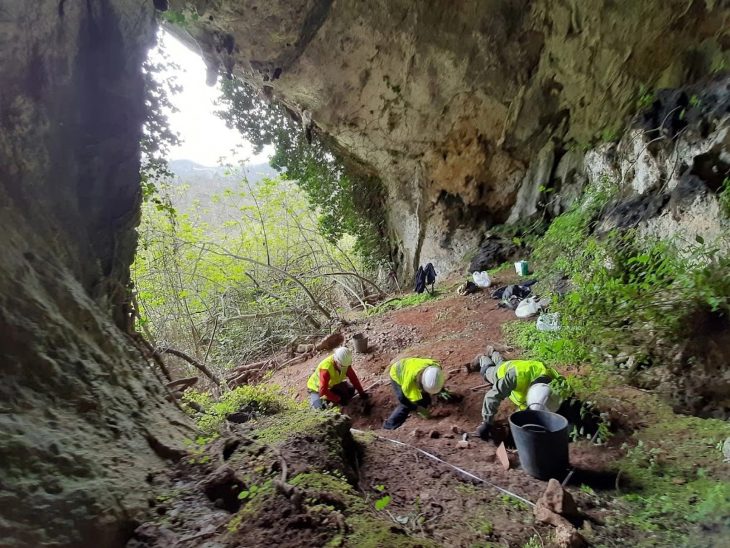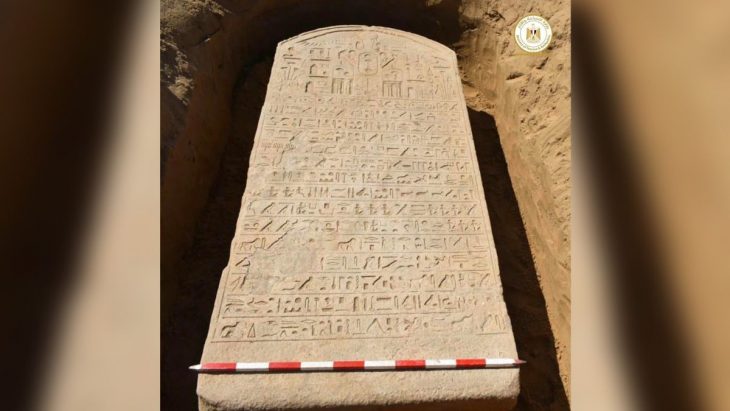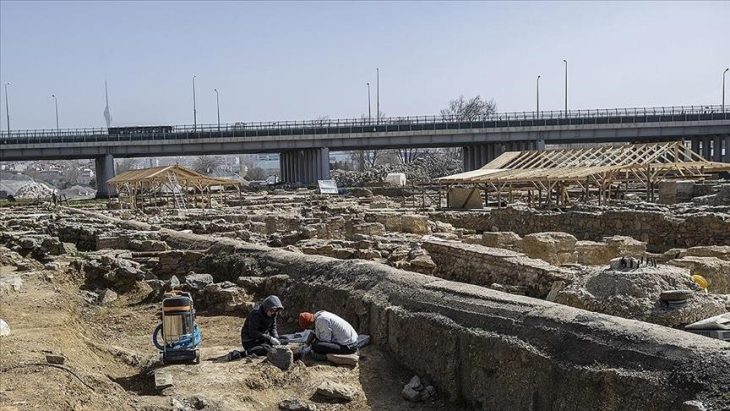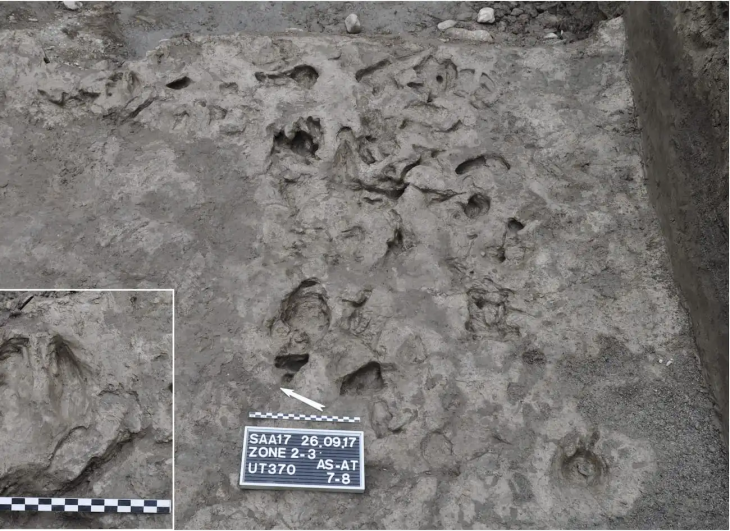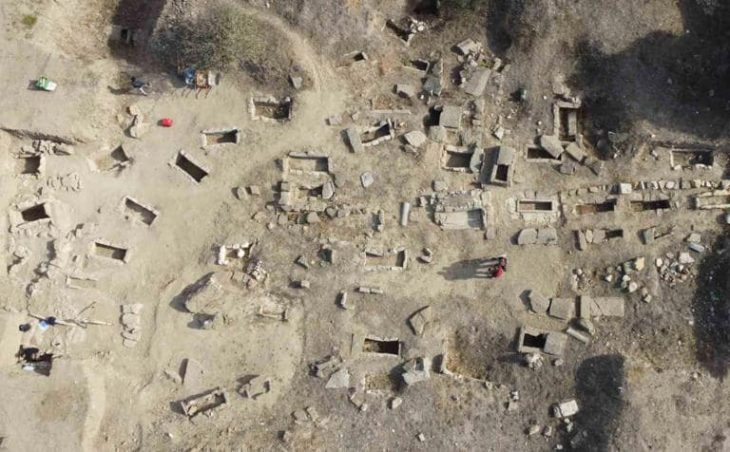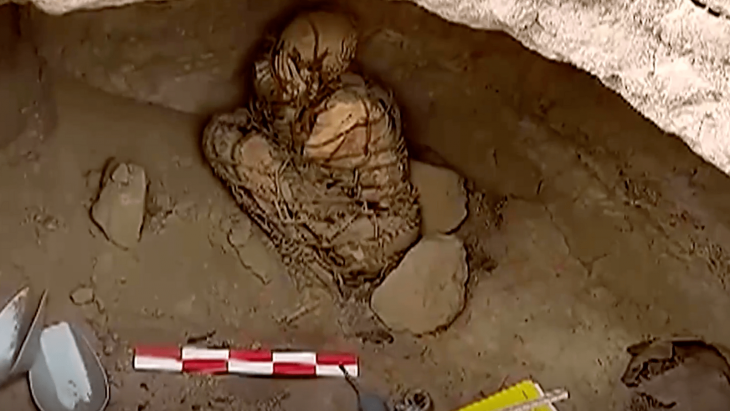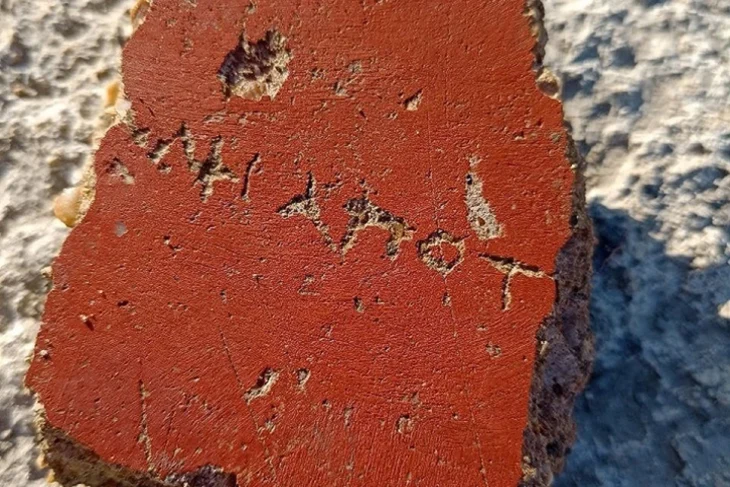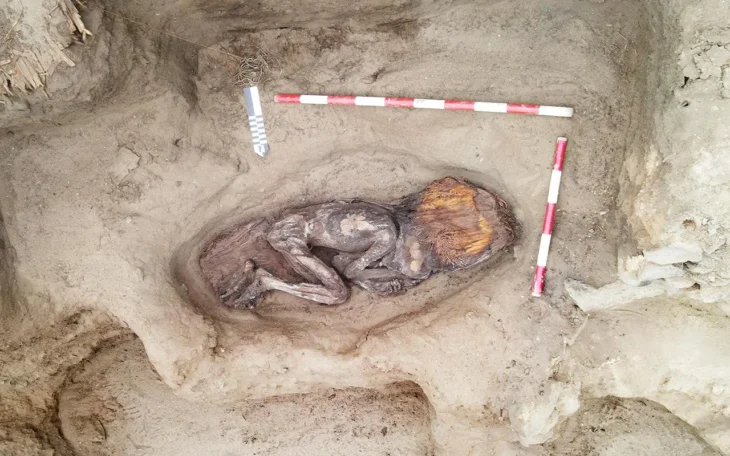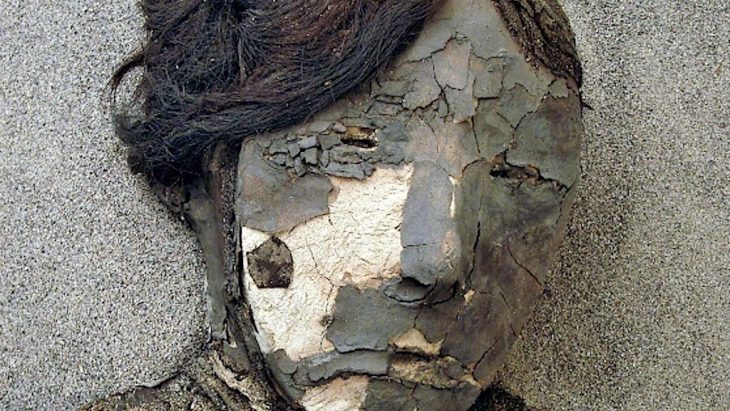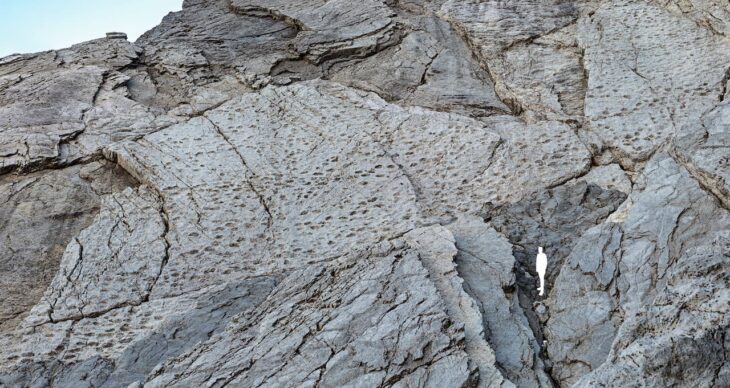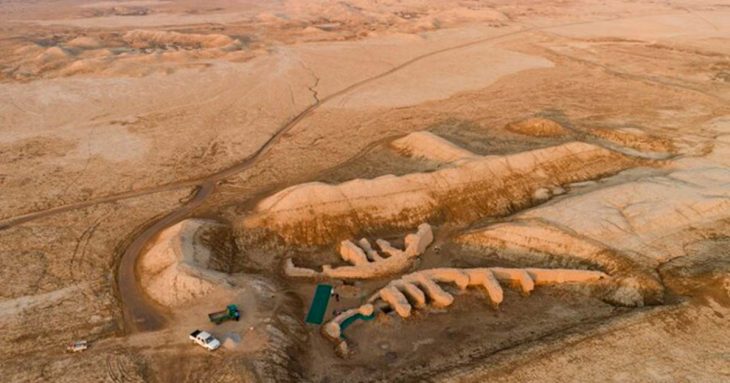An inscription pointing to the existence of the cult of Asclepius was found in the ancient city of Hadrianaupolis, which was used as a settlement in the Late Chalcolithic, Roman, and Early Byzantine periods in Eskipazar, a district of Karabuk province in the Black Sea region of Turkey.
The excavations, initiated in 2003 under the chairmanship of Associate Professor Ersin Çelikbaş, a lecturer in the Department of Archeology at the Faculty of Letters of Karabuk University, continue for 12 months of the year without interruption.
An inscription that states “Ailios Deiotaros presented the Savior Asklepios” was found on a piece of rock during the ongoing excavations in a square planned structure unearthed last year.
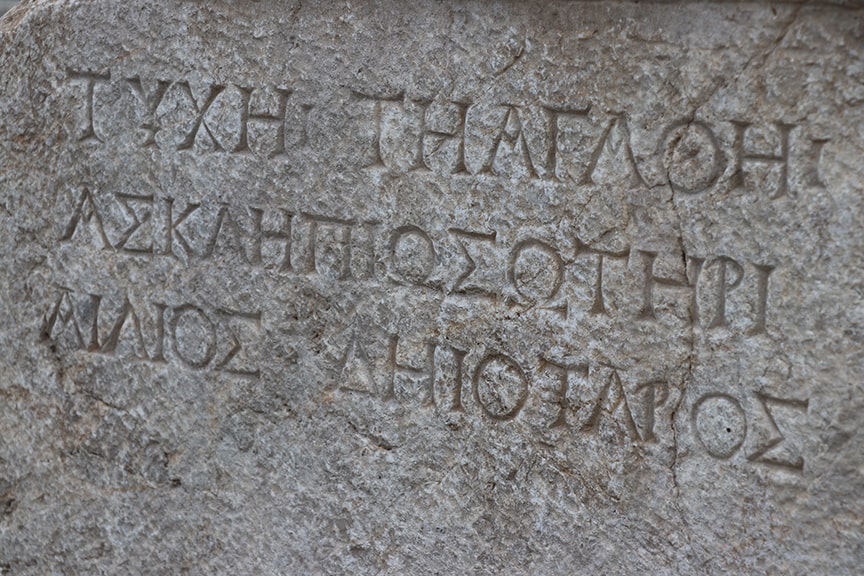
“Asclepius is the god of medicine in ancient times”
Associate Professor Ersin Çelikbaş told Anadolu Agency that the inscription is very important for the archeology of Hadrianaupolis and the Black Sea.
Çelikbaş said, “In the inscription is writing, -presented the Ailios Deiotaros to Asclepius the Savior- We had guessed the existence of Asklepios here, but now that the inscription has been found, we have clearly identified the existence of the cult of Asclepius in Hadrianaupolis. Asklepios is the god of medicine in ancient times. In places where there is the culture of Asclepius, there are usually healing houses, that is, hospitals of the ancient period,” he said.
📣 Our WhatsApp channel is now LIVE! Stay up-to-date with the latest news and updates, just click here to follow us on WhatsApp and never miss a thing!!
Noting that the healing houses of the ancient period were seen in Bergama and Allianoi, Çelikbaş continued as follows:
“We can say that the cult of Asclepius was detected for the first time in the Black Sea. We saw the figures of the god Asklepios on the coins minted by Hadrianaupolis. The figures on the coins do not express the cultural existence of a place one hundred percent. We saw patera and snakes on a votive column. We thought it was related to Asklepios, but The discovery of the inscription clearly revealed that there really was an Asclepius cult in Hadrianaupolis.”
“One of the most important cult centers of the Roman period”
Reminding that the Akkaya thermal spring is within the borders of Hadrianaupolis, Çelikbaş said, “Usually, the Asklepios is around the hot water springs. The biggest reason why the cult of Asclepius is here is probably that it is near the Akkaya thermal spring. We can say that Hadrianaupolis was one of the most important cult centers of the ancient period, especially the Roman period.
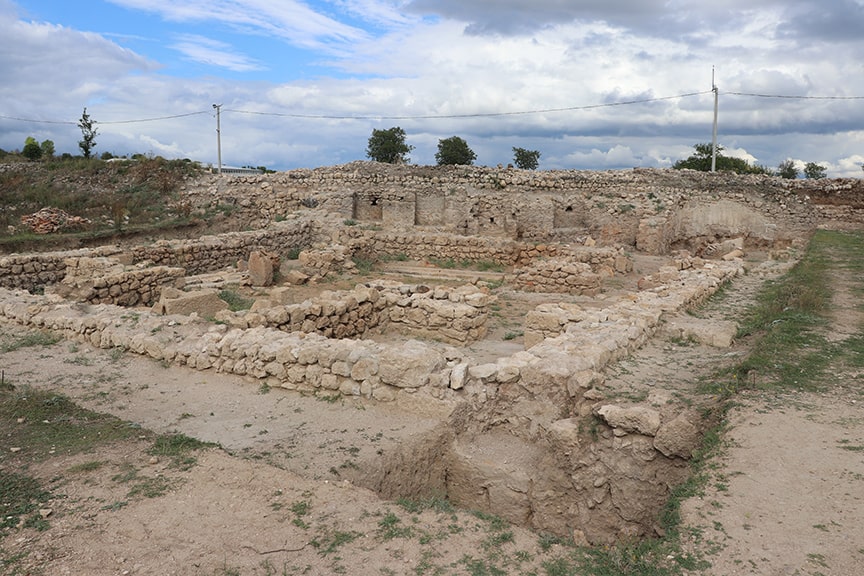
Stating that the inscription belongs to the 2nd century AC, Çelikbaş said, “This means the early imperial period. We can say that Hadrianaupolis was an important Roman city and a cult center in the early imperial period,” said.
Hadrianaupolis Ancient City
The ancient city, which was founded in the 1st century BC and was used as a settlement until the 8th century AD, is located 3 kilometers west of the district Eskiyapar.
The ancient city of Hadrianaupolis is often described as the “Zeugma of the Black Sea region” because of the mosaics unearthed there. In the ancient city, structures such as two baths, two churches, a defense structure, rock tombs, a theatre, an arched and domed structure, a monumental cultic niche, city walls, villas, other monumental buildings, and some cult areas have been found.




